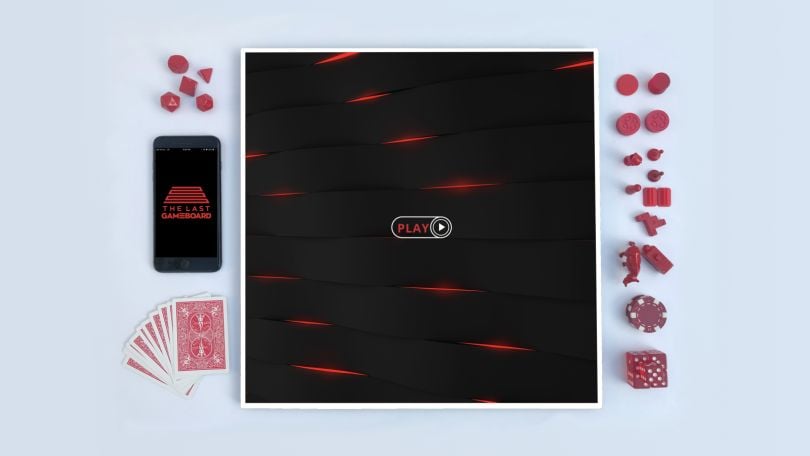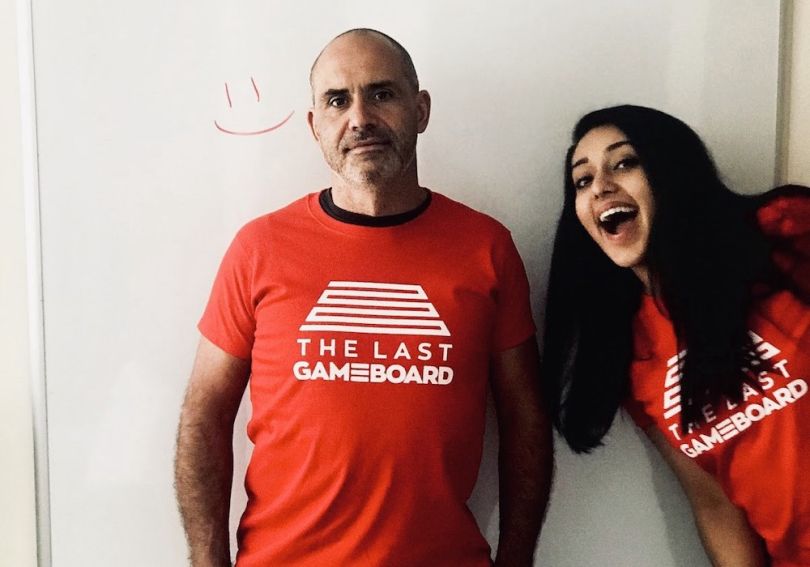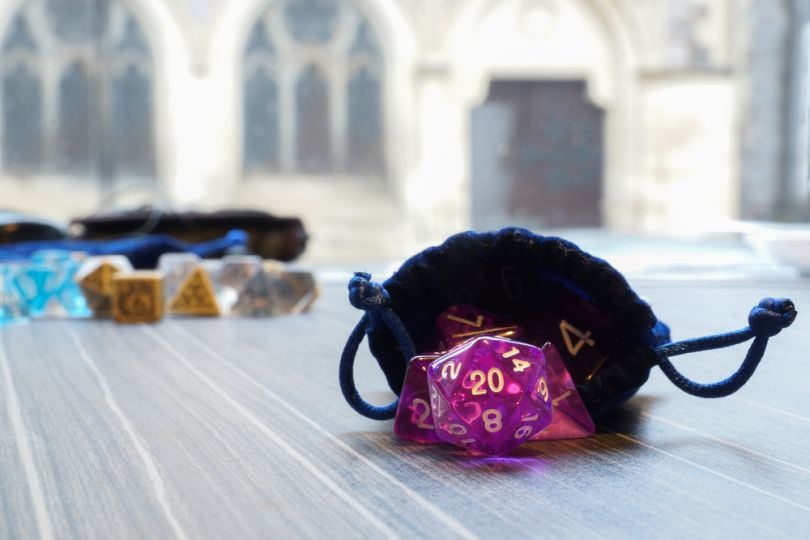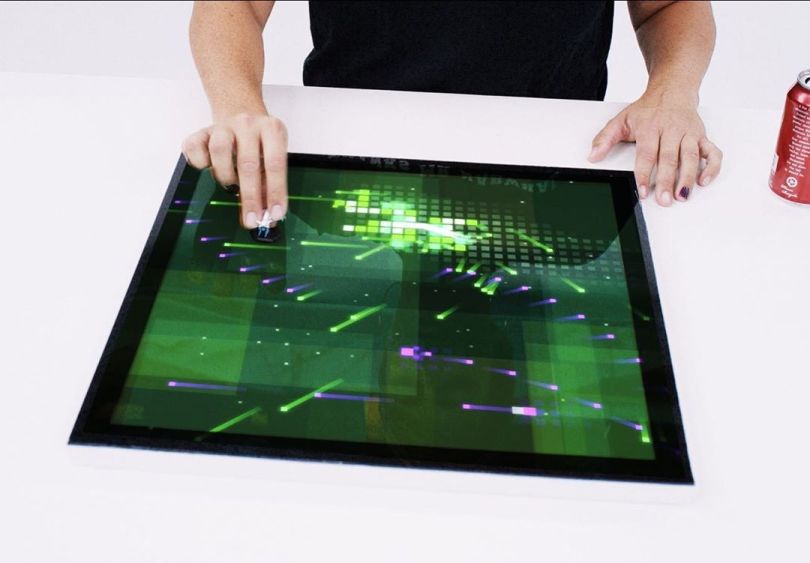When she moved from India to Kansas at age 7, Shail Mehta couldn’t speak English. But she could play Chutes and Ladders.
Mehta and her family moved to the small town of Manhattan, Kansas to give her father the opportunity to study at Kansas State University. Playing board games with neighbors helped her make friends.
“Most of the barriers kind of got broken,” Mehta said. “The language, it didn’t matter. The culture, none of that mattered.”
The experience solidified Mehta’s love for board games — a love that followed her through college and into her time working in venture capital. But those worlds collided about two years ago when, traveling with friends, Mehta lamented how hard it was to bring board games on the road.
Unlike the games you may remember from childhood, many modern games are bigger and more complex, in some cases containing hundreds upon hundreds of game pieces. Mehta wondered why no one had made a digital device to make transporting them easier — like how a Kindle allows readers to bring a full library on the go.

Mehta’s since spent her time working with Rob Wyatt — the original system architect for Xbox, who also had a hand in developing Magic Leap, PlayStation and Atari — to create Gameboard-1.
The device is a flat touchscreen computer set to hold a launch library of about 100 popular games, including Dungeons and Dragons, Starfinder and the indie video game Pixel Galaxy. Downloading games will require an internet connection, but gamers don’t have to be plugged in to play — just like any traditional cardboard game.
“What we’re really trying to put together is something that gives you the physical feel of hobby gaming that we love.”
Mehta and Wyatt founded The Last Gameboard in January, and plan to start selling Gameboard-1s for $350 each on Kickstarter on Oct. 10. Mehta said the Boulder firm will initially cap sales of the device to 1,000 units, and that customers should receive their Gameboard-1s in fall 2020.
“What we’re really trying to put together is something that gives you the physical feel of hobby gaming that we love, but then gets rid of a lot of pain points — worrying about losing pieces, trying a game before you buy it,” Mehta said. “Our mission should be not to neglect technology, but to find a symbiotic relationship with tech, where analog and digital can exist together.”

RFID Tags and Sensors: How Gameboard-1 integrates physical pieces
The intention of Gameboard-1 is to integrate digital and physical gaming through “heightened RFID tech,” Mehta said.
Individual game pieces are embedded with radio-frequency identification (RFID) tags, which sensors installed in the Gameboard-1 platform recognize and use to identify a piece’s orientation, type and how it interacts with other objects in the game. Gamers whose physical pieces hold nostalgic value — or who just don’t want to buy a whole new chess set — can purchase their own Gameboard-1 branded RFID tags and paste them onto pieces they already own.
Mehta said each game board will come with about 15 RFID tags for users to stick to their game pieces. The Last Gameboard will also have its own online store where players can buy the tags.
Gamers can combine physical pieces with digital ones in whatever way they choose — or go all-digital if that’s their preference.
In addition to merging the physical and digital worlds, the RFID tags also retain encrypted data about how a character plays in a game. A user could design and 3D-print their own unique wizard character, for example, stick a tag on it and then use the same piece — and character — in multiple Dungeons and Dragons campaigns. Information stored by the tag could include the wizard’s character sheet, which tracks stats like how strong, smart or charming a character is, as well as details about the people they’ve met and the spells they know.
“Same character, different worlds and situations,” Mehta said. “However, the same wizard character can gain new experience points in an entirely different game as well.”
“The same wizard character can gain new experience points in an entirely different game.”
Gamers can also tap the data stored to manage their character, using the information to level up a character or update their inventory.
The Last Gameboard also plans to make more advanced, “active” physical play pieces, which require batteries and have “two-way communication” with the game board. A player could use their wizard to cast a spell through the The Last Gameboard mobile application, for example, and the active wizard piece would glow and pulse.
Sensors in the Gameboard-1 platform also let users connect multiple gameboards to create a larger play surface.

Integrating dice through bluetooth, apps and computer vision
Dice are a huge deal for tabletop gamers, so The Last Gameboard wanted to make sure to give gamers plenty of options for how to integrate them into their play.
Mehta said she is in conversations with several bluetooth dice companies to develop products compatible with Gameboard-1. The firm has also developed its own dice reader bowl — users roll dice inside it, and cameras embedded in the bowl use machine vision to identify the number rolled. Users can also choose to play with completely digital dice either through the Gameboard-1 platform or via The Last Gameboard’s app.
Even the all-digital experience is designed to have a tactile feel, however. Android and Apple customers can download the app, roll the digital dice offered inside, and tap phones to Gameboard-1 to “scan” the numbers rolled.
“You get the tactile feel of, ‘I’m shaking dice and rolling it,’ you know, but digital."
“As the dice pop up on your phone, you would shake your phone like you would normally and then you can tap them on the game board. So you get the tactile feel of, ‘I'm shaking dice and rolling it,’ you know, but digital,’” Mehta said.
Mehta said that connecting a private screen like a smartphone or tablet also lets users play games like poker, where gamers would want to hide their hand from other players.

Like Netflix, but for gaming
Gameboard-1 users will have the option to purchase a monthly subscription to the approximately 100 games listed on the device, or purchase individual games they like for a set fee.
“We're the generation of Netflix and binge,” Mehta said. “We want to try it before we buy it, and we just give options to people to consume play content that they've never played before.”
The platform also has an application programming interface (API) for game developers to bring their existing games onto the Gameboard-1. The Last Gameboard has also built plug-ins for the Unity and Unreal software, which will allow creators to port — or build new — digital tabletop games on the platform.
“We wanted to make as low of barriers as possible.”
“We wanted to make as low of barriers as possible to get people to build games on the game top,” Mehta said.
The first 250 people who buy Gameboard-1s will receive the device in January.
“We want the early adopters of, especially Kickstarter, to be able to help formulate our user experience and really give us an understanding of what the gaming mechanisms are like,” Mehta said.




